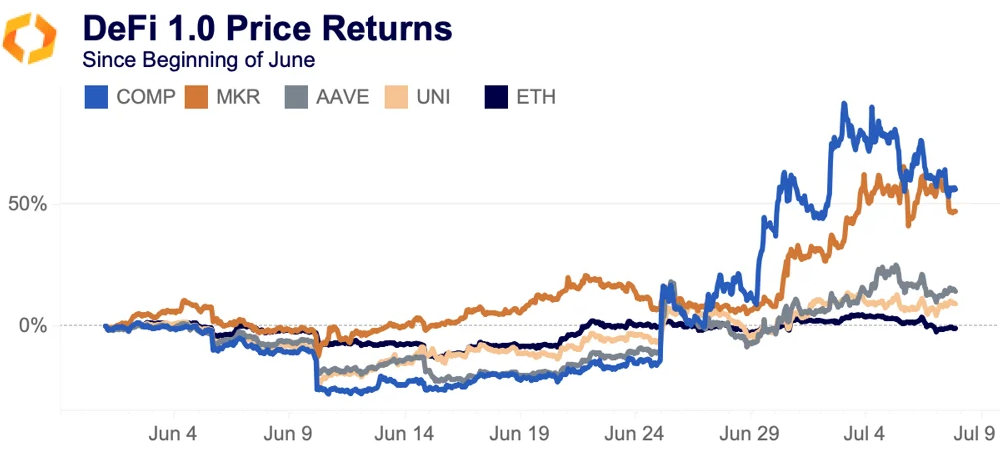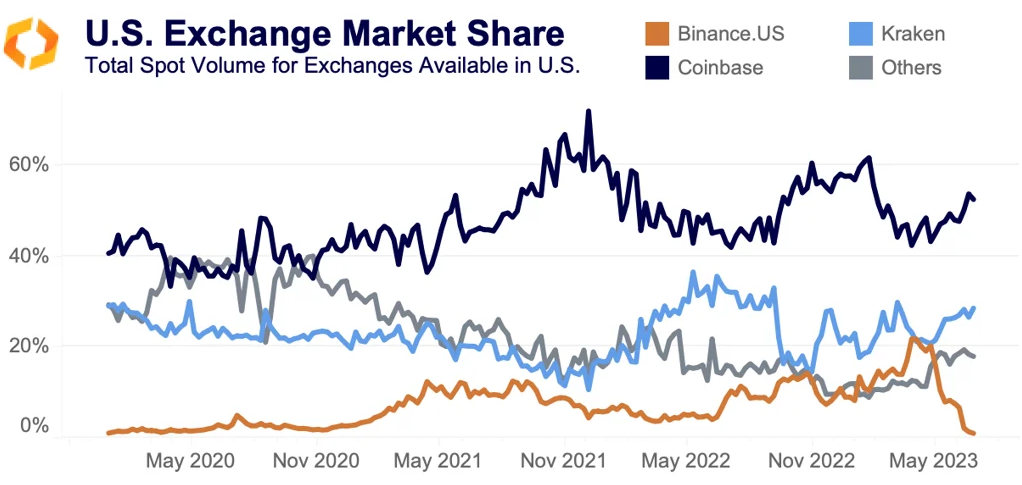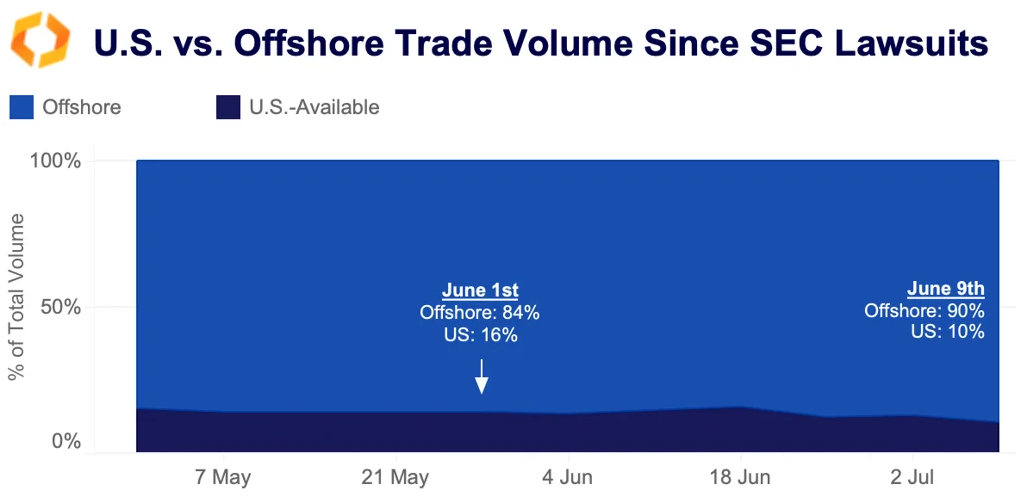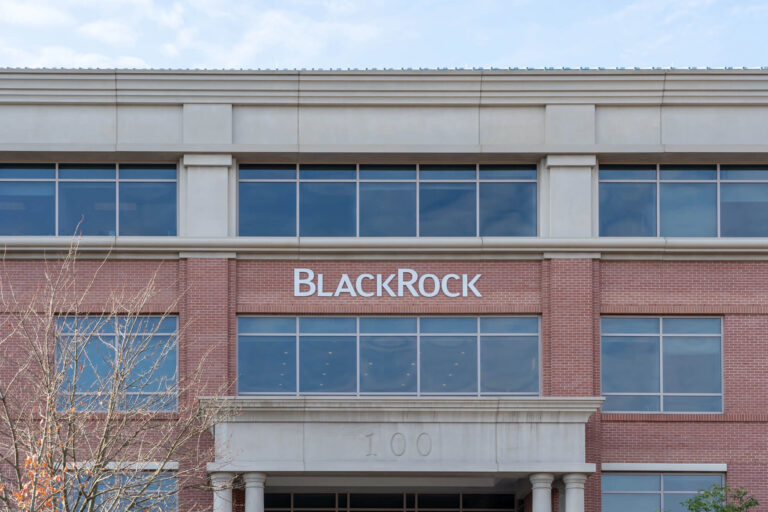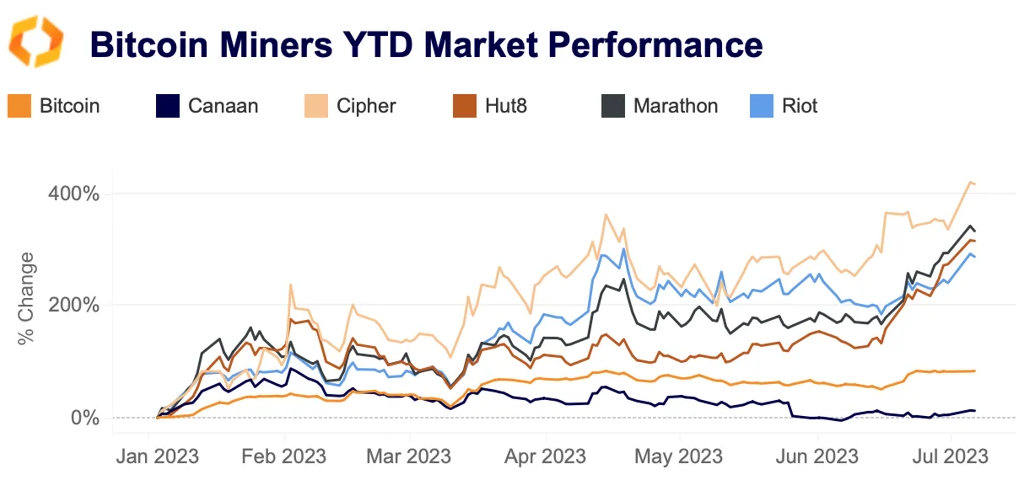A summarizing review of what has been happening at the crypto markets of the past week. A look at trending sectors, liquidity, volatility, spreads and more. The weekly report in cooperation with market data provider Kaiko.
Despite a drop in overall crypto activity, BTC has traded consistently above $30k for the longest stretch of time since early 2022, bolstered by the possibility of a Blackrock spot ETF approval. Meanwhile, Binance lost several key executives and Gemini filed a lawsuit against DCG. This week, we explore:
- The resurgence of blue-chip DeFi tokens.
- Coinbase and Kraken's rising U.S. dominance.
- The spectacular recovery of BTC mining stocks.
Celsius gets green light to convert altcoin holdings
Last week, bankrupt crypto lender Celsius gained court approval to convert its altcoin holdings into more liquid BTC and ETH as part of its restructuring plan. The company has reportedly moved some of its holdings to market maker Wintermute and stablecoin issuer Paxos. As of end-March, Celsius held more than $2B in BTC, ETH and stETH and a mixed bag of liquid and illiquid altcoins, including $240mn of its own CEL token. However, it is unclear what USD price was used to value their holdings.
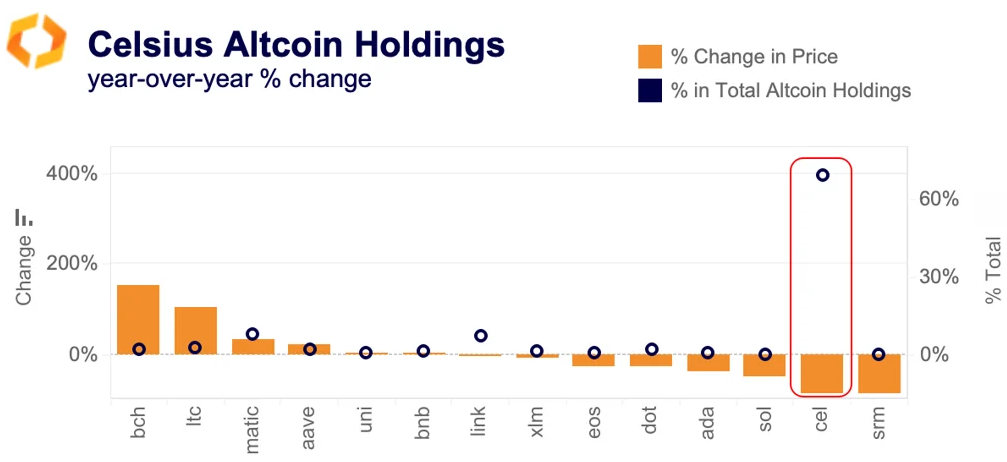
Most of Celsius’ altcoins have steadily been losing value since the company filed for bankruptcy about a year ago. While Bitcoin Cash (BCH) and Litecoin (LTC) surged in June, each bolstered by the launch of the institutional exchange EDX, most of Celsius' other holdings are down between -84% and -6% over the past year. CEL, which accounted for more than 65% of Celsius’ altcoin holdings, has plummeted by 83%, surpassed only by SRM which is down 84% year-over-year.
While there are no details about buying and selling rates or the execution venues, the market impact could be significant, especially considering liquidity for these tokens has dropped over the past year. The aggregated market depth for Celsius’ altcoin holdings has declined by 40% since 2022, totalling around $90mn in early July.

According to court documents, Celsius holds far greater than $90mn in altcoins, which means it will be difficult for the company to liquidate without incurring high price slippage. More than 60% of altcoin market depth is concentrated on Binance and other off-shore exchanges while 30% is on U.S. exchanges.
The biggest question mark is concerning Celsius' CEL token. There is virtually no liquidity for CEL as measured by market depth, which has collapsed to just $30k, concentrated mostly on OKX and Bybit.
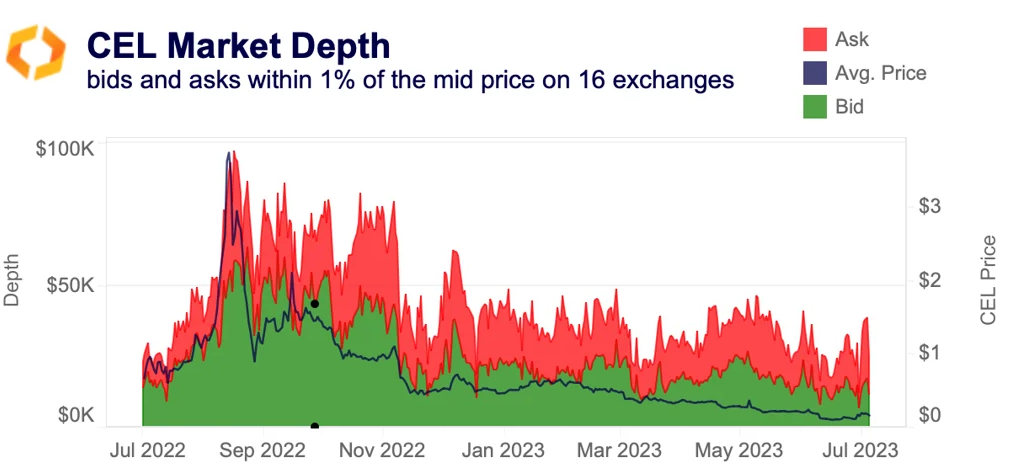
Ultimately, due to poor liquidity conditions, Celsius altcoin liquidations could put pressure on crypto markets in the short term.
The resurgence of DeFi tokens
Bluechip DeFi tokens, including COMP, MKR, AAVE, and UNI, have outperformed ETH over the last month and a half. COMP has posted 55% gains since the start of June, followed closely by MKR at 47%. Meanwhile, AAVE and UNI have gained 14% and 10%, respectively, while ETH is flat. COMP rallied after a wave of large buys on Binance amidst news the founder and CEO would be departing for a new project. MKR’s rise has been fueled in part by its new Smart Burn Engine, which will use excess DAI to purchase MKR, then pair the tokens and provide liquidity on the Uniswap V2 DAI/MKR pool. Meanwhile, the UNI token has not reacted much to the unveiling of Uniswap V4, but has still outperformed ETH.
BTC is less correlated to altcoins in 2023
Bitcoin’s correlation with altcoins has declined in the first half of 2023 relative to the same period last year. Overall, altcoins have been hit hard by rising regulatory uncertainty in the U.S. with several exchanges de-listing major altcoins over the past few weeks. Bitcoin, on the other hand, has shown resilience attracting institutional inflows and benefiting from regulatory clarity around its status as a commodity. XRP saw the strongest decrease in correlation, linked to the token's rising volatility as the final outcome to the SEC vs. Ripple lawsuit edges closer.
Coinbase and Kraken regain U.S. market share
In just a few weeks, Binance.US’s market share among U.S.-available exchanges has fallen from 20% to less than 1% and it appears likely that the exchange’s troubles will continue. Coinbase and Kraken have been the primary beneficiaries, with Coinbase’s market share up from 43% to 53%, while Kraken’s increased from 20% to 29%. Coinbase remains below its recent high of 73% in December 2021, while Kraken hit a peak of 37% in May 2022. Smaller exchanges, especially institutional-focused ones like LMAX and Bitstamp, have also increased their market share.
Overall, the volume of U.S.-available exchanges has dropped by 6% relative to offshore exchanges since the SEC lawsuits. Today, 90% of all crypto trades are executed on offshore exchanges, while U.S. exchanges account for just 10%.
Binance experienced an initial drop in market share in the weeks following the SEC lawsuits, dropping to 48%. However, over the past two weeks, its market share has grown back to 57%, likely due to a new round of trading fee promotions for TUSD pairs.
OKX benefits most Binance's tough quarter
Binance's market share of BTC and ETH perpetual futures trade volume has steadily declined this year, from 64% to 57%. The decline has been driven by outflows from ETH markets whereas the increasing hedging inflows from miners have provided support to BTC markets. OKX was the main winner with its share increasing from 18% to 24%.
The spectacular recovery of BTC mining stocks
Bitcoin mining stocks have surged between 280% and 420% YTD, outperforming spot BTC prices. Miner revenue has increased in Q2 driven by rising BTC prices, excitement around BRC-20 tokens and the emergence of Ordinals, which have created additional revenue streams.
Interestingly, despite this revenue revival and improved mining environment, miners have opted to take profit in June. This is usually seen as a bearish sign and has been mirrored by an aggressive shorting of miners’ stocks by hedge funds which suggests that investors are still skeptical about the sustainability of some mining companies' business models and expect lower future share prices.
Despite the rise in transaction fees, the primary source of revenue for miners continues to come from block rewards, which are set to decline after the next halving event in 2024. Additionally, the potential launch of a spot BTC ETF could have a mixed impact on BTC miners. While it may boost BTC spot prices, it could potentially hinder the performance of BTC miners as demand shifts away from their stocks.


